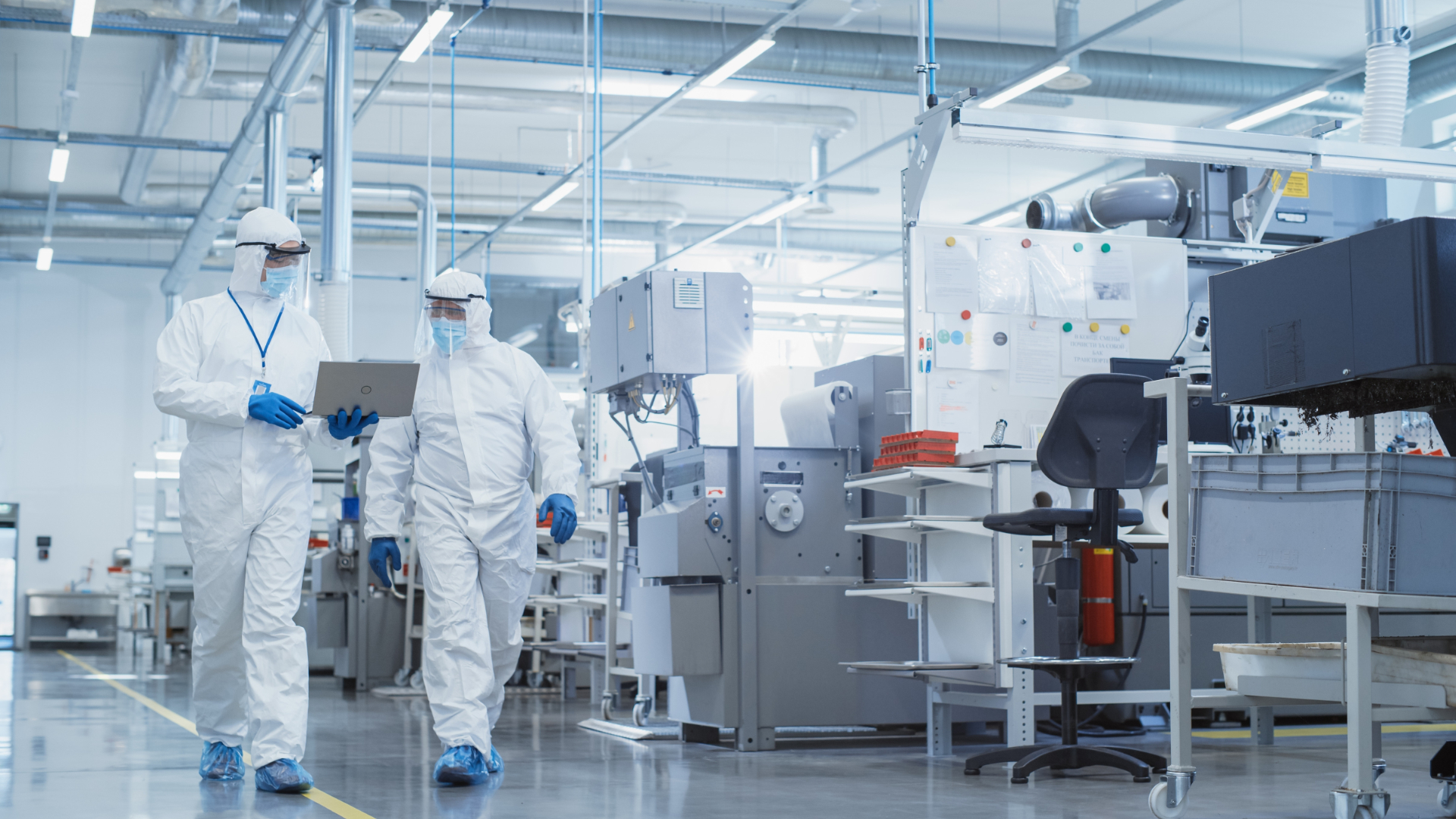Cleanroom design is often viewed through the lens of compliance—meeting ISO classifications, achieving airflow uniformity, controlling contamination. But in semiconductor manufacturing, that’s only part of the story.
Facilities today don’t just need cleanrooms that meet spec. They need cleanrooms that can sustain performance over time, adapt to new demands, and minimise disruption when the unexpected happens.
That’s where design resilience comes in.
Resilience starts with the right foundation
A cleanroom’s long-term performance isn’t defined by how it looks on day one—it’s shaped by how well it functions year after year.
Designing for resilience means accounting for:
- System redundancy to support uptime and reduce the risk of failure
- Maintainability with equipment access zones, service corridors, and MEP integration
- Environmental stability during power events, utility fluctuations, or air handling faults
Cleanrooms that neglect these considerations often face higher unplanned downtime, difficult retrofits, or operational inefficiencies. In a high-stakes fab environment, that’s a risk few can afford.
Flexibility matters as processes evolve
Modern fabs don’t stand still. Process nodes advance, toolsets change, and production needs shift. Cleanrooms must be designed with this in mind.
Key design strategies include:
- Modular HVAC and power zones to support tool relocation or expansion
- Overhead utility racks that allow for new drops without major reconstruction
- Expandable air handling capacity to accommodate more stringent cleanliness requirements in the future
Building for flexibility reduces the need for invasive modifications and ensures faster turnaround when change is required.
Risk mitigation is built into the layout
Even with best practices in place, disruptions happen. The question is whether the cleanroom design is prepared for them.
Designing with risk in mind includes:
- Segregated airflow zones to isolate incidents without compromising adjacent areas
- Monitoring system redundancy so one failure doesn’t blind the whole operation
- Accessible equipment areas that allow for quick response without contaminating the entire space
A resilient cleanroom doesn’t just meet day-one targets—it protects productivity in the face of pressure.
How H&H designs for long-term resilience
At H&H First Consultancy, we support semiconductor clients by designing cleanroom systems that go beyond minimum requirements.
Our approach focuses on:
- Aligning MEP design with operational strategy
- Considering maintenance and upgrade cycles during the design stage
- Building in flexibility and risk control from the start
Resilient cleanroom design isn’t just good engineering—it’s good business. Is your cleanroom built to last, or just built to spec? Let’s design for both.



